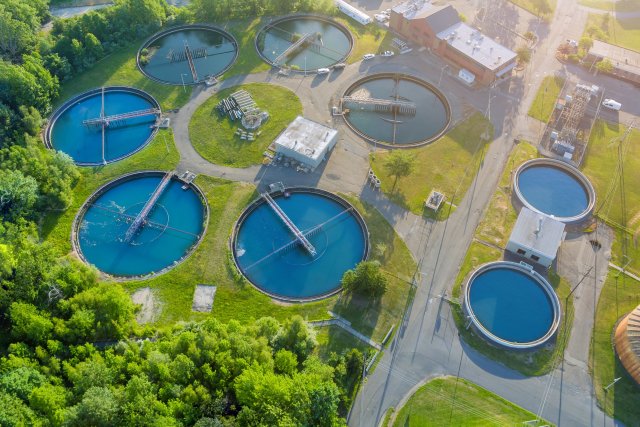National Priorities: Innovative Sampling Designs for Public Health Surveillance of Coronaviruses and Other Pathogens in Wastewater Grant

EPA awarded $1 million in research funding to the University of Illinois Urbana-Champaign for innovative research that explores how a wastewater monitoring network can be rapidly and effectively designed and deployed to address current and future pandemics.
The COVID-19 pandemic has highlighted the need for effective tools to monitor the emergence and spread of infectious diseases. As the pandemic proceeded, it became apparent that sampling municipal wastewater can be a viable method to detect and measure the spread of the SARS-CoV-2 virus. Wastewater sampling has been widely deployed as a cost-effective, screening-level approach to assess infection levels in communities. In addition to improved pathogen detection methods and understanding its transmission, advancing wastewater-based monitoring will require well-designed sampling networks and public health data integration approaches.
The research from this grant award will improve science-based approaches for the implementation of wastewater surveillance systems for detection of pathogens in community populations. Approaches will provide practical structures for the effective use of wastewater surveillance data in infectious disease control and public health decision making. This will facilitate further advancement of wastewater-based pathogen monitoring for public health applications and support the real-world implementation of these systems.
University of Illinois Urbana-Champaign, Urbana and Champaign, Illinois
Award: $1,000,000
Project Title: Development of a Wastewater Hierarchical Sentinel Site Identification for Future Pandemic Surveillance Systems
Principal Investigator: Thanh H. (Helen) Nguyen
Study Location: Urbana, Illinois; Gainesville, Florida; Portland, Oregon; Washington, D.C.
Future pandemics will require that wastewater surveillance be deployed quickly and effectively. While a pandemic or epidemic is global or national, pathogen transmission is local. The objective of this project is to develop a hierarchical sentinel site identification system based on accurate predictions of infection risk levels at various spatial resolution levels. The applicant hypothesizes that identifying wastewater sentinel sites for pathogen monitoring can be developed based on integrated analysis of data streams for weather, human mobility, healthcare, civil infrastructure, population density, socio-demographics, and the current COVID-19 pandemic. The applicant further hypothesizes that the sentinel sites should be identified hierarchically from the county, city/town/village, to building level depending on pathogen transmission characteristics.
